When iQOO sent me the iQOO Neo 6 for review, I was excited to review it for two reasons. One, this phone is powered by the Snapdragon 870, which has much better thermals than some of its successors. So I was keen to see how the phone would perform from a gaming perspective. Second is the pricing of the Neo 6, which starts at Rs 29,999 and pits it squarely against other options such as the Poco F4 5G, etc. After using the iQOO Neo 6 for about two weeks, here’s my full review of the phone, including my opinion on whether this device is for you.
iQOO Neo 6 specs: 6.62-inch 120Hz AMOLED display, HDR10+ support | Snapdragon 870 + 8/12GB RAM and 128/256GB UFS 3.1 storage | 64MP + 8MP + 2MP rear camera, 16MP front camera | 4,700mAh battery with 80W fast charging |
iQOO Neo 6: What’s good?
Design
The design of the iQOO Neo 6 isn’t revolutionary. But iQOO manages to stay a little unique with the new colour scheme here which I personally like. The phone still has a plastic back, which could have been more premium had it been metal or glass. The phone is on the heavier side when in hand and if you’ve been using a more compact device, you will feel the difference immediately. However, the weight is balanced, which is always nice on a phone for things like video recording or gaming, often done in landscape mode.

Other aspects of the phone like the curved edges, and an IR blaster on the top (which will be handy if you have a lot of remote-controlled devices around) are good additions. But I do feel that the under-display fingerprint scanner could have been placed a little higher.
Display
The iQOO Neo 6 has easily one of the best displays at this price point. It delivers punchy colours and is pleasing to look at, especially when watching movies, videos and photos. Thanks to HDR support, darker content looks much better on supported platforms and the phone can also get bright enough to be used under direct sunlight outdoors.
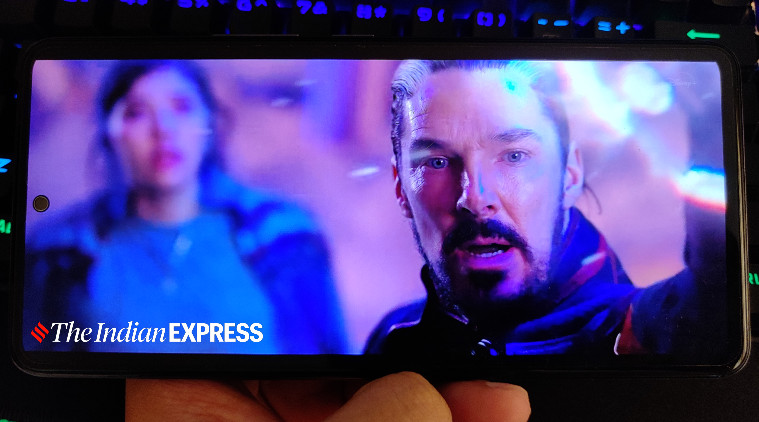
The bezels around the display aren’t the thinnest, and you get no official screen protection here (iQOO instead, gives you a pre-applied screen protector) but since these don’t affect usability in a large way.
Camera
The iQOO Neo 6 has a great main and ultrawide camera on the back. The phone captures very colourful and pleasing photos. There’s plenty of detail in photos, especially when you are closer to a subject. This is true even with shots taken in indoor lighting, something I don’t get to say very often.
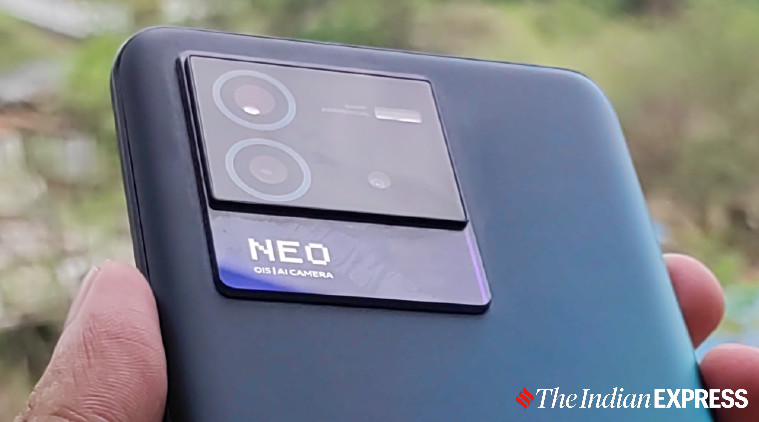
Check out some of my camera samples below.


There’s also very little difference between photos taken from the main camera and the ultrawide during the day, giving a sense of uniformity. Unfortunately, while the main sensor continues to perform well at night, the ultrawide sensor is quick to pick up noise and images go soft at night time. Pictures from the front camera look well lit and capture accurate colours and skin tones most of the time.


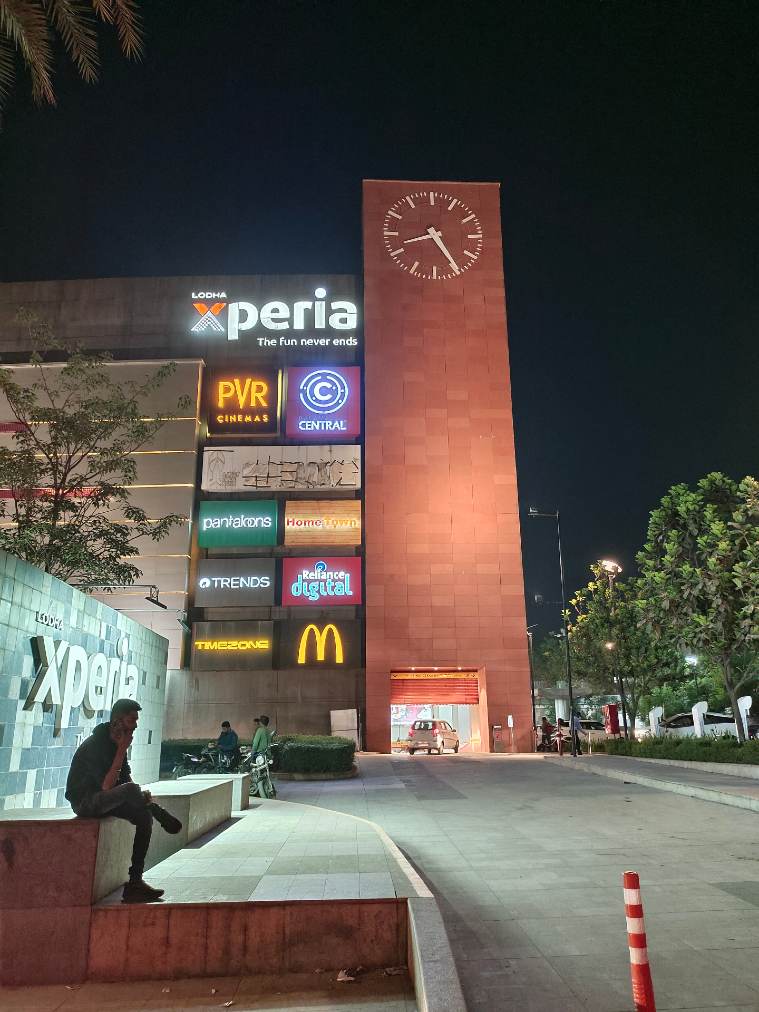
Video recording on the phone was also good. The rear camera lets you record at up to 4K 60fps although you’re limited to 1080p 60fps if you choose to use the super-stable mode. Recording on the front is capped at 1080p 30fps.
Performance and gaming
I had used the OnePlus 9R (also powered by the same chip) for about 10 months until recently and the performance with the iQOO Neo 6 didn’t feel very different. Going through multiple apps throughout my daily usage was a breeze. This largely included a few social media platforms, some other messaging apps and a lot of YouTube and Gmail. I also tried Apex Legends on the iQOO Neo 6 although I am not a fan of the game given its current optimisation issues. But I didn’t quite enjoy it, and I’m not blaming the phone here.
Instead, I will talk about my BGMI (Battlegrounds Mobile India) experience on the device, which was great. While graphic settings and framerate maxed out at ‘HDR’ and ‘Extreme’ respectively, I played mostly with a Balanced+Extreme combination and the phone only got warm with a couple of full-length matches at a time. From a gaming perspective, this does the job very well.
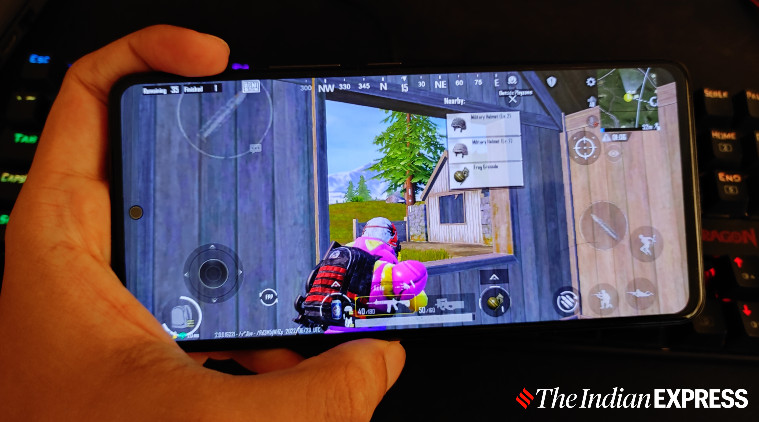
Another neat addition is the stereo speakers on the device. While a lot of phones have stereo speakers these days, the ones on the iQOO Neo 6 are the best I have heard in quite some time. These speakers are loud and don’t feel under-powered at high volumes.
Battery Life and charging
The iQOO Neo 6 surprised me with its battery life. Though this is only a 4,700mAh battery, it has been very well optimised and you can easily get screen-on-times of over 6-7 hours on day-to-day usage with the phone. I even managed to get a screen-on-time of almost 8 hours 30 minutes on one day with light-to-moderate use consisting of a lot of YouTube.
This gets better with the 80W fast charging which is quick to charge your phone in no time. I would often get my phone charged from around 20-30 per cent battery to 100 per cent in 30 minutes or so.
iQOO Neo 6: What’s not good?
Honestly, I didn’t find much to complain about the iQOO Neo during my time with the phone. Given the price, it pretty much excels at everything. However, if I must nitpick, I’d still pick the software as the phone’s weakest link.
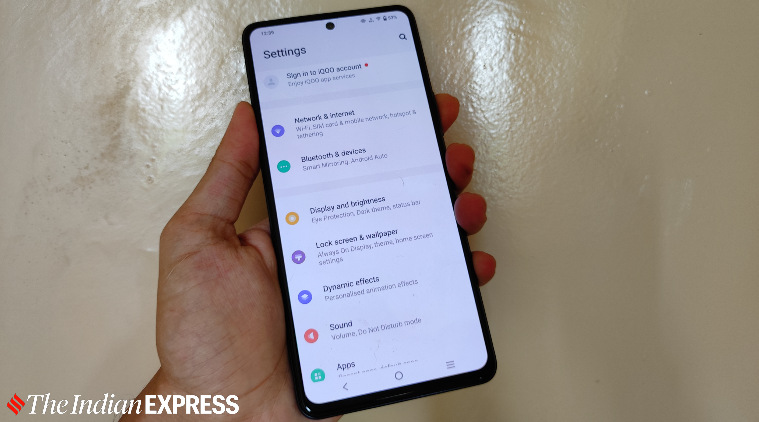
The iQOO Neo 6 comes with Android 12 out of the box and is set to get two years of updates, which is nice. But the phone will still show you bloatware on the first launch which you will likely want to manually uninstall. FuntouchOS also still requires a lot of permissions for most configurations on the device including personalising the wallpaper and stuff. These are areas which take away from the good experience of this device, which in all other aspects is no less than a complete flagship experience.
Verdict: Should you buy the iQOO Neo 6?
If you’re looking for a complete, performance-oriented device under Rs 30,000 that picks up a powerful chip without cutting down on the other aspects of the device, the iQOO Neo 6 is currently the best phone to pick up.
However, note that despite its super value-for-money proposition, it still is not the most powerful device under Rs 30,000 in terms of sheer power. That would be the Xiaomi Mi 11X Pro after its recent price drop. I’d personally pick the iQOO Neo 6 over it, for the under-display fingerprint scanner which the Mi 11X Pro misses on, as well as the more stable, balanced performance of Neo 6.




